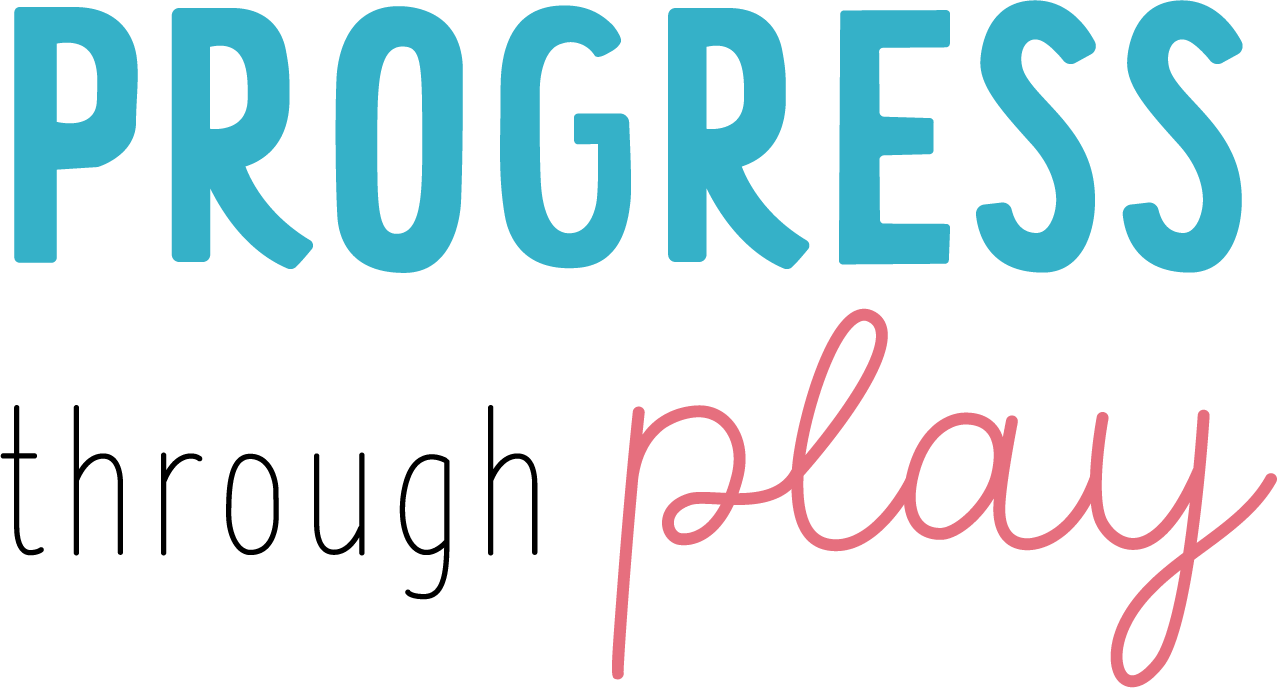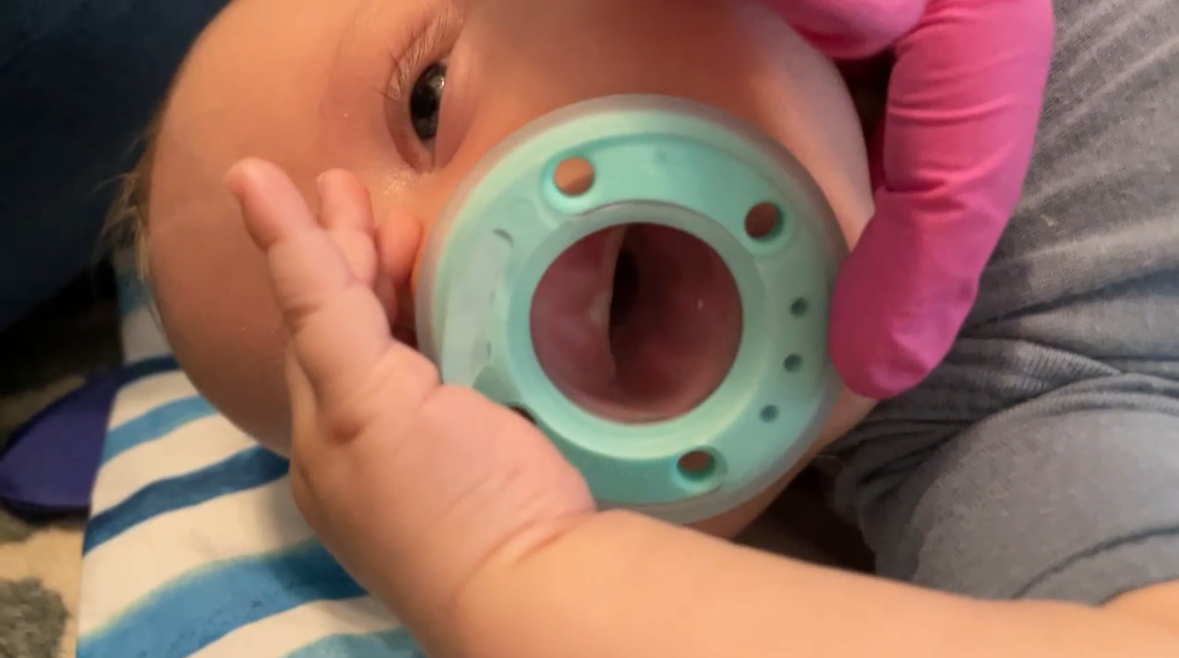TIPS FOR INTRODUCING THE NINNI PACIFIER TO YOUR BABY
As an infant physical therapist supporting families in the Denver area, I am often recommending helpful tools that will support my patient’s development. Many of the babies that I work with are struggling with breast or bottle feeding so our therapies are focused on improving their oral motor skills. One tool that I often recommend in my practice is the Ninni pacifier. Pacifiers often get a bad rap but when used intentionally, they can be supportive of infant sucking and soothing. The Ninni pacifier is one of my favorites for many reasons. Not only is it made in the USA and free of harmful chemicals, it’s also dishwasher safe (easy cleaning!) and supports a wide latch.
For parents seeking a safe, effective, and supportive pacifier for their baby, the Ninni pacifier is a great choice. Here are the expert tips I share with my patients to ensure success with introducing the Ninni pacifier to their baby for the first time.
Have patience! The Ninni pacifier is constructed differently than most others on the market. It’s soft silicone really requires baby to engage their whole mouth and tongue to effectively suck on it and hold it in their mouth. They may not get it on the first try, and that’s ok!
Set up for success! Make sure your baby is in a very supported position (trial different ones to see which they like best). Some babies do well in a sidelying position, or supported in your lap.
Give assistance! Place your finger inside of the Ninni when offering it to your baby to latch onto. This allows a little support for them to get latched onto it without it collapsing on them if they don’t do it perfectly the first time (don’t remove your finger until you can feel a strong latch and wave-like motion with their tongue)
Use your angles! Tickle your baby’s top lip with the pacifier just like during feeding to encourage a wide gape of their jaw and then angle the Ninni pacifier towards the roof of their mouth while baby brings their tongue forwards to latch onto it.
Give them time! Leave your finger inside the pacifier until you feel their whole tongue engage in a good strong latch and suck (no chomping with their jaw). If they still need some support to keep the pacifier in, you can move your fingers to the outer rim of the pacifier.
Troubleshoot! If your baby is having a hard time coordinating their sucking pattern, try adding some movement like bouncing or swaying or try a different position such as on their tummy or in sidelying.
If at first they don’t succeed, try again! If baby has a good latch on the Ninni you should see their tongue maintain full contact with the pacifier on all sides so that there is no gapping between the tongue and pacifier on the sides or the back (the tongue should look like a taco shell or hot dog bun).
You should also see your baby able to maintain the tongue forward enough to keep the lower gums covered to avoid chomping. And lastly, the tongue should be making a rhythmic, undulating, wave-like motion.
If you’re ready to give the Ninni a try, make sure to use code MILESTONE at checkout for a 10% discount.
If your baby struggles with pacifiers and is also showing any signs of breast or bottle feeding struggles, it could be a sign of oral dysfunction (or difficulty coordinating the muscles of their mouth and tongue appropriately) and could warrant an evaluation with an infant feeding specialist.
Book an evaluation with us HERE!


